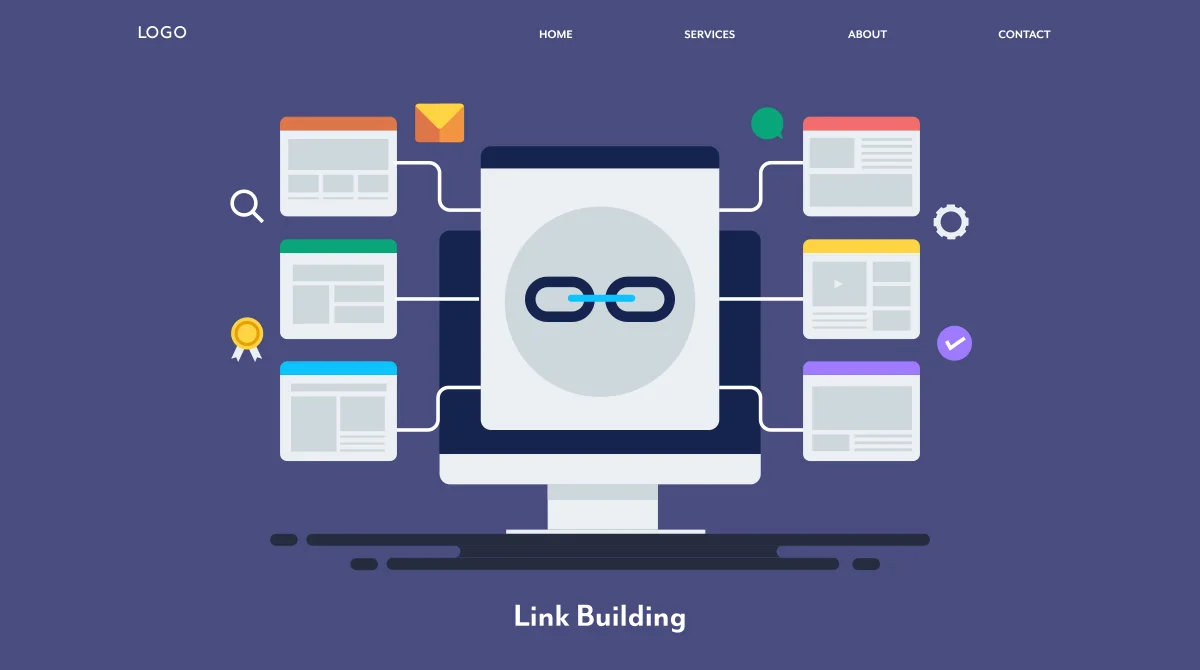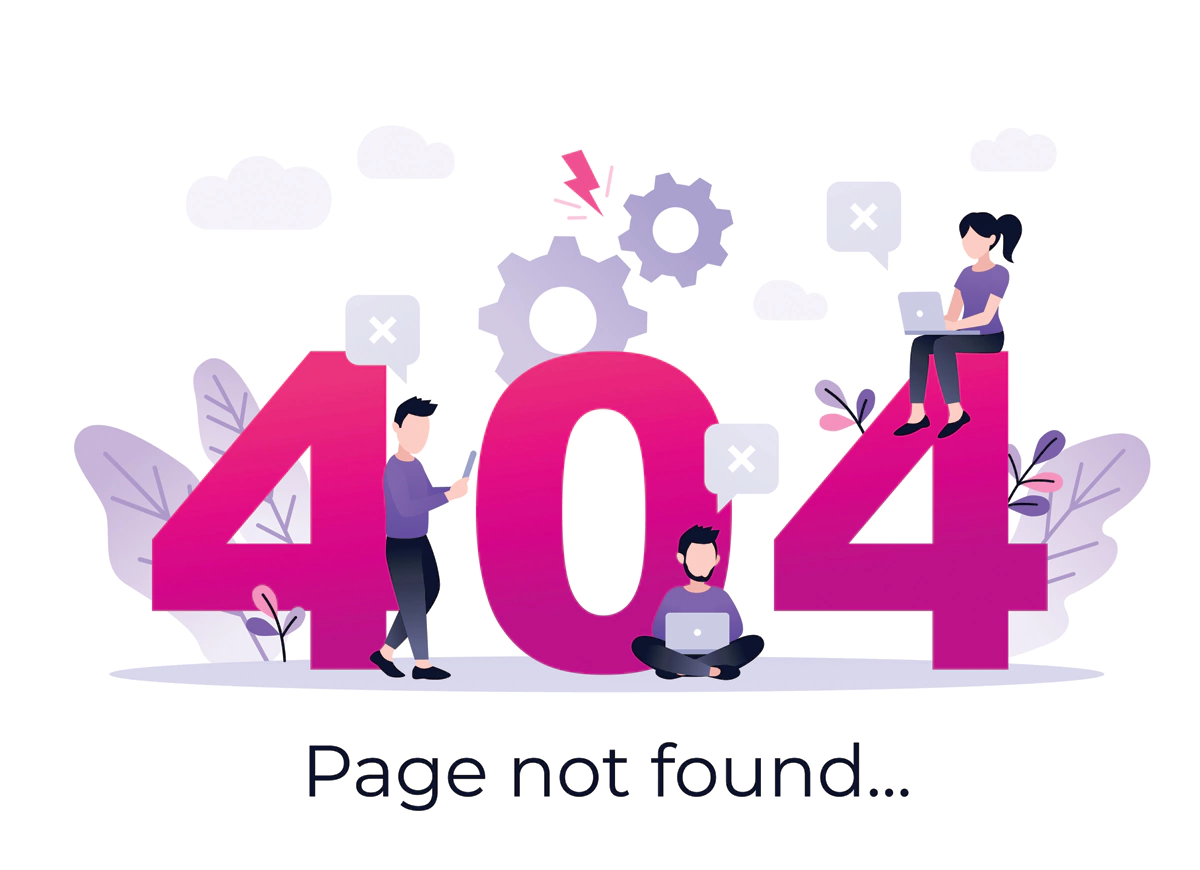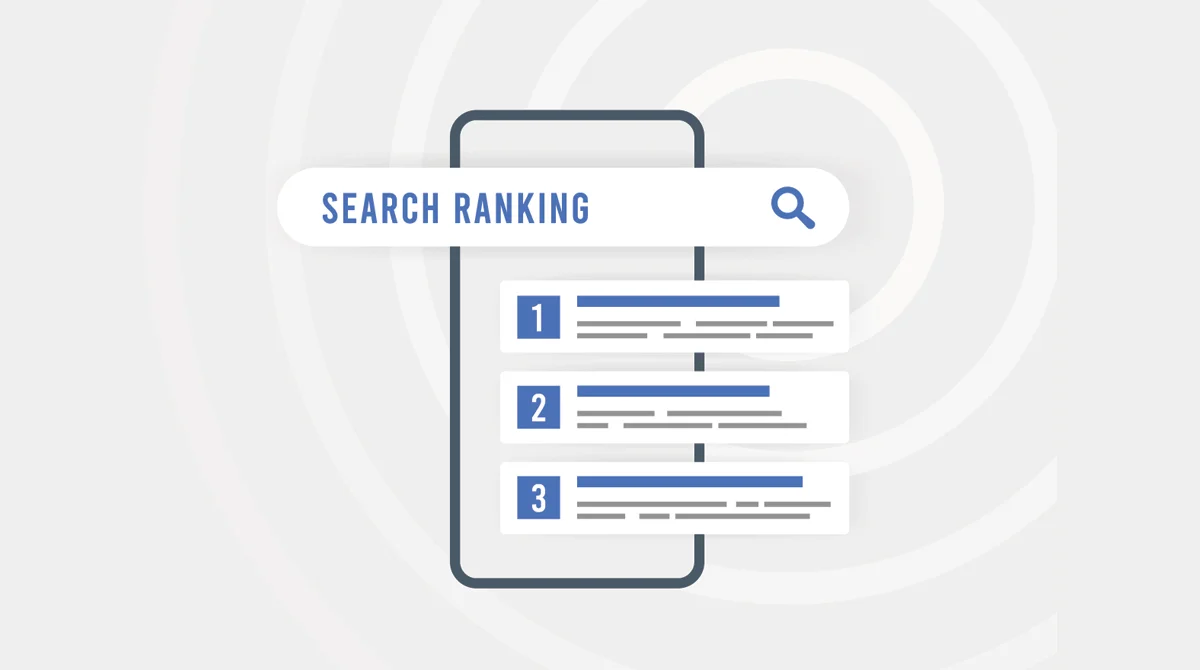
What Are Backlinks in SEO & Why Do They Matter?
What Are Backlinks in SEO & Why Do They Matter?
Is your website buried in search results, even though your content is solid and well-optimised? If so, you're not alone. Many businesses struggle to get noticed online because competitors are outranking them—resulting in lost opportunities for organic traffic and customers. In today’s competitive digital world, it’s not enough to simply offer great products or services. Without visibility online, even top-notch businesses can go unnoticed. If your site is stuck on the lower pages of search engine results, potential customers may never find you. One of the most powerful ways to boost your visibility is by building high-quality backlinks. Backlinks help search engines recognise your site as valuable and trustworthy, which can significantly improve your ranking. This guide breaks down what backlinks are, why they’re important, and how to build them effectively.
What Are Backlinks?
A backlink is a hyperlink from one website to another. It’s essentially a vote of confidence from one site to another, indicating that the linked content is useful, reliable, or valuable. For example:
- If a respected tech blog links to your article, your authority in the tech space increases.
- If a health blog features your post on "10 Benefits of Yoga," it exposes your content to new readers through a trusted source.
According to research by Ahrefs, 91% of web pages get zero traffic from Google—largely due to a lack of backlinks. That statistic alone highlights how vital backlinks are to online visibility.
Types of Backlinks
Not all backlinks are created equal. Here are the main types and what they mean:
- Do-Follow Backlinks These pass on "link juice," boosting your page’s ability to rank higher. Example: A do-follow link from Forbes to your blog increases your authority and ranking power.
- No-Follow Backlinks These don't pass on ranking power, but they can still bring valuable referral traffic. Example: A Reddit comment linking to your product might not affect SEO directly, but it can drive clicks.
- Natural Backlinks Earned organically when others link to your content because it offers genuine value. Example: A travel blogger linking to your Bali beach guide without being asked.
- Manually Built Backlinks Result from deliberate efforts such as outreach, guest blogging, or collaborations. Example: Pitching your SEO tool to be featured in an article on marketing blogs.
- Self-Created Backlinks Created by submitting your links to directories, forums, or blog comments. Example: Adding your site to a trusted business directory for added visibility.
⚠️ Note: Overdoing backlinks or using spammy techniques can backfire. Always focus on quality over quantity.
Why Are Backlinks Essential for SEO?
Backlinks remain one of the most important SEO ranking factors. Here's how they help:
- Improve Rankings
- Drive Targeted Traffic
- Boost Domain Authority
- Establish Credibility
- Increase Brand Awareness
Search engines see backlinks as a sign of trust. More quality backlinks = better visibility. Example: A page with 100 relevant backlinks generally ranks better than one with just 10.
Referral clicks from credible sources bring in potential customers. Example: A fashion blog linking to your online store can lead to actual purchases.
The more high-quality sites linking to yours, the more authoritative your domain becomes. Example: Sites with Domain Authority over 50 appear more frequently in top search results.
Getting linked by reputable sources increases your site's trust among users and search engines. Example: A government (.gov) or educational (.edu) link adds significant legitimacy.
Exposure through well-known platforms helps people discover your brand. Example: News coverage of your app that links to your site boosts both credibility and awareness.
What Makes a Backlink High Quality?
Not all backlinks are beneficial. Here’s what distinguishes a good backlink from a bad one:
✅ Good Backlinks:
- Relevant – Comes from sites in a related field.
- Authoritative – Comes from trusted, well-known websites.
- Naturally Placed – Seamlessly integrated within content.
- Diverse – From a wide range of websites and content types.
- Engaging – Drives interaction and keeps users on your site.
Example: A fitness blog linking to your gym website is more useful than a random food blog.
Example: A link from The New York Times carries significant weight.
Example: A marketing tool linked in a blog post titled “Top SEO Tools of the Year.”
Example: Links from blogs, media outlets, directories, and forums.
Example: A popular tweet linking to your latest resource can send traffic fast.
❌ Poor Backlinks:
- Links from spammy or irrelevant sites.
- Overuse of keyword-stuffed anchor text like "buy cheap shoes" repeatedly.
- Links from shady networks or sites with low authority.
What Influences a Backlink’s Value?
Several factors affect how much a backlink benefits your SEO:
- Anchor Text – The visible text of a link. Relevant, descriptive text works best.
- Link Placement – In-content links perform better than those in footers or sidebars.
- Follow Status – Do-follow links boost rankings; no-follow links can still drive traffic.
- Source Authority – Links from sites with high domain authority boost your own authority.
Example: “Affordable bookkeeping software” performs better than “Click here.”
Example: A link inside an article carries more value than one in a widget.
Example: A no-follow link in a viral Instagram post can still send lots of clicks.
Stat: Sites with backlinks from DA 70+ domains rank on average 40% higher.
Effective Link Building Strategies
Building valuable backlinks takes time and strategy. Here are proven tactics:
- Content Creation – High-quality guides, videos, or tools attract organic backlinks.
- Guest Posting – Write articles for other reputable sites in your niche.
- Broken Link Building – Replace outdated or broken links on other sites with your content.
- Outreach Campaigns – Contact relevant bloggers and websites with tailored pitches.
- Directory Listings – Submit your site to trusted industry directories.
Example: HubSpot’s guides are heavily linked across the web.
Example: Publish a blog on TechRadar linking back to your startup.
Example: Offer your up-to-date SEO guide in place of a dead link.
Example: Share your new eBook with an influencer who could link to it.
Example: Add your business to platforms like G2, Capterra, or Yelp.
How to Build Backlinks That Deliver Results
Here are some advanced tactics to take your backlink strategy further:
- Partner With Industry Leaders
- Offer Valuable Resources
- Leverage Social Media
Collaborate with professionals or influencers in your space. Example: Co-authoring a report with a respected expert.
Create useful templates, tools, or insights that others will want to reference. Example: A downloadable marketing calendar linked in business blogs.
Promote your content where it can gain traction. Example: A visual infographic on LinkedIn that links to your full article.
Track Your Backlink Progress
Staying on top of your backlinks helps you measure success and adjust your strategy:
- Google Search Console – See what sites link to you and find issues.
- Ahrefs / SEMrush – Comprehensive tools to audit backlinks and remove harmful ones.
- Regular Audits – Review your backlink portfolio regularly for quality and relevance.
Tip: Look for spikes in referral traffic to gauge backlink impact.
Example: Identifying and disavowing spammy links that hurt your SEO.
Supercharge Your SEO with Champion Web Studio
While understanding backlinks is crucial, executing a winning strategy takes time, effort, and expertise. That’s where Champion Web Studio comes in.
We craft custom backlink strategies designed to help your website climb search rankings and attract your ideal audience. Whether you need support with content creation, outreach, or performance tracking, our team has the tools and experience to help.





